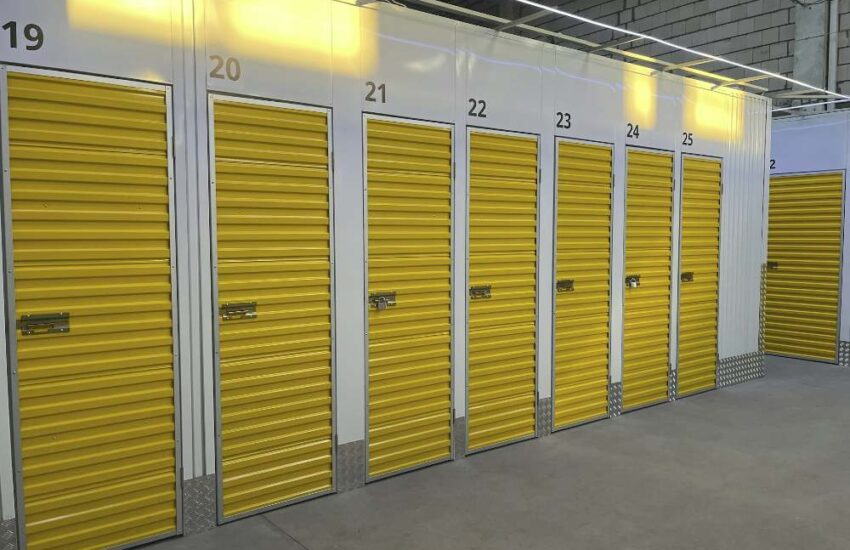How to Choose the Right Roofing Material for Your Replacement Project
Choosing the right roofing material for your home is a critical decision that affects the longevity, durability, and aesthetic appeal of your roof. With various options available, it can be challenging to decide which material is best suited for your needs.
This blog post will explore seven popular roofing materials in the United States, highlighting why each might be a popular choice for homeowners.

Asphalt Shingles
Asphalt shingles are the go-to choice for many due to their cost-effectiveness and ease of installation. Reputable roofers in Sandy, UT, or anywhere else, should be offering this material all the time. They come in a variety of colors and styles, making them versatile for different home designs.
Their popularity also stems from their decent lifespan, typically lasting 20 to 30 years with proper maintenance. Additionally, asphalt shingles offer a good balance of durability and affordability, making them an attractive option for homeowners on a budget.
Clay Tiles
Clay tiles are favored for their distinctive, elegant appearance, often associated with Spanish or Mediterranean-style homes. They are incredibly durable, with a lifespan that can exceed 100 years if properly maintained.
These tiles are also fire-resistant and offer excellent insulation properties, helping to keep homes cooler in the summer and warmer in the winter. However, their weight and cost are considerations, as they require a sturdy roof structure and represent a more significant initial investment.
Concrete Tiles
Concrete tiles provide a similar aesthetic to clay tiles but at a more affordable price point. They are versatile in design, available in various colors and styles, including those that mimic wood shakes or slate tiles.
They are durable, with a lifespan of 50 years or more, and offer good fire resistance. They also contribute to energy efficiency by reflecting sunlight and insulating homes against heat and cold.
Metal Shingles or Shakes
Metal roofing is known for its longevity, with some materials lasting 50 years or more. It’s highly resistant to extreme weather conditions, including heavy rain, hail, and fire. Metal roofing is lightweight, which can simplify the installation process and reduce the load on your home’s structure. Additionally, metal roofs are energy-efficient, reflecting sunlight to help keep homes cooler in the summer.
Wood Shingles or Shakes
Wood shingles or shakes add a natural, rustic charm to homes, making them a popular choice for those seeking a traditional aesthetic. They are made from natural materials like cedar, which offers natural insulation properties and durability.
Wood roofs can last 30 years or more with proper maintenance, including treatments to resist moisture and insect damage. However, they require more maintenance than some other options and are not as fire-resistant unless treated with fire retardants.
Slate Tiles
Slate tiles are prized for their natural beauty and longevity, with some slate roofs lasting over 100 years. They are made from natural stone, making them incredibly durable and resistant to harsh weather conditions.
They also offer excellent fire resistance. However, like clay tiles, slate is heavy and requires a robust roof structure to support its weight. Slate is also among the most expensive roofing materials, reflecting its longevity and aesthetic appeal.
Rolled Roofing
Rolled roofing is a cost-effective solution for low-slope or flat roofs. It’s easy to install, making it a popular choice for DIY projects or secondary structures like sheds and garages. Rolled roofing materials are typically made from asphalt or modified bitumen, offering decent water resistance. However, they have a shorter lifespan than other roofing materials, usually lasting 10 to 20 years, and may not be as aesthetically pleasing as other options.
Conclusion
When choosing the right roofing material for your replacement project, consider factors such as your home’s architectural style, climate, budget, and desired maintenance level. Each material offers unique benefits and drawbacks, so weigh these carefully to make the best decision for your home.


